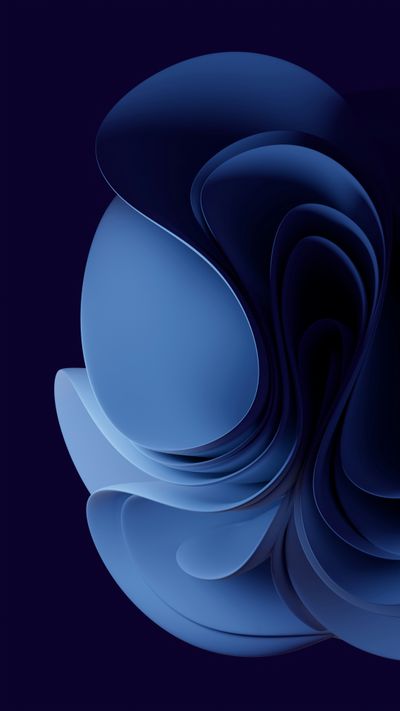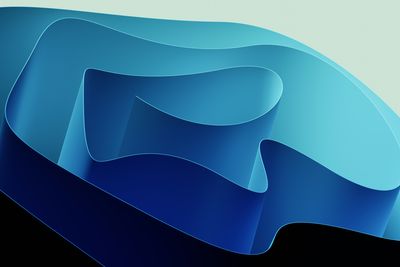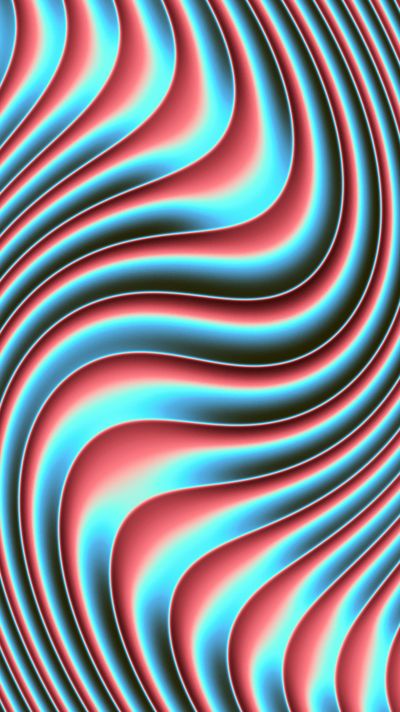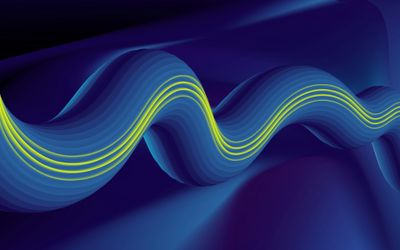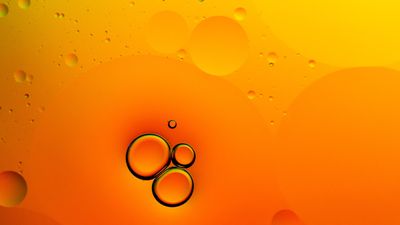Create-react-app
The most simple React app is a <script> tag on a HTML page. Add JSX and CSS
prefixing and you have the typical minimal setup.
This is what create-react-app is, a very practical minimal setup.
facebook/create-react-app
Create React App is a comfortable environment for learning React and is the best way to start building a new single-page application in React.
Server side rendering
One of the first requirements from the minimal setup is Server Side Rendering (SSR). The two most popular toolchains that provide SSR are Gatsby and Next.js.
Gatsby
Gatsby is a static site generator that added new features with each major update. With the first major release in 2017, Gatsby integrated Relay with the GraphQL Cursor Connections Specification.
The third release promised future support for React concurrent mode and React server components.
Next.js
Next.js started as a Node.js backend toolchain. With the third major release in 2017, Next.js gained support for static export.
Next.js added alpha support for React server components in version 12.
Comparing the three
Main tools in the chains are SSR, React server components and GraphQL. Other notable differences are in hosting, development cycle, ecosystem and how opinionated the toolchains are.
Hosting
This is where Next.js differs from create-react-app and Gatsby.
Next.js runs on a Node.js backend. Pages requested by a browser are dynamically generated on the backend. Besides generating frontend pages Next.js has the tools for easily setting up a backend API.
Create-react-app and Gatsby are hosted on a Content Delivery Network (CDN). This is easy to scale, secure and low cost.
Dynamic behavior of apps that are hosted on a CDN require a separate active backend such as a GraphQL server.
Development cycle
The latest release of Next's is version 12 while Gatsby's latest release is version 4. Both started development around 2016.
With 12 versions in 6 years Next.js has a rapid development cycle. With 4 versions in the same period, Gatsby's development cycle is very stable.
The development cycle of create-react-app is simple, it follows the version of React itself.
Ecosystem
The ecosystem of create-react-app is excellent. Anything React can be used.
Both Next.js and Gatsby have a large ecosystem with plugins, examples and discussions.
The major difference comes from the development cycle. The rapid cycle of Next.js causes a lot of the ecosystem to be outdated. Due to the stable cycle of Gatsby, versions in the ecosystem are a lot clearer.
Opinionated
Create-react-app leaves everything open. You decide. Styling, routing, SSR, etc. Gatsby is more opinionated. It does SSR for you, suggests how to do routing and leaves styling to be decided.
Most opinionated is Next.js. SSR, routing and styling are all taken care of. Choose the one that fits and go with the opinions given.
SSR
A major requirement for many projects. Both Gatsby and Next.js offer this out of the box. Adding SSR to an app created with create-react-app is not a trivial task.
React server components
React server components are easy to setup with create-react-app because the toolchain does not have an opinion on SSR.
Next.js has alpha support for Server components since version 12.
How to implement Server components in Gatsby remains a question since Gatsby does not have a backend component. As Server components become stable, support might be added in an upcoming Gatsby release.
GraphQL
Create-react-app and Next.js don't have an opinion on GraphQL or which GraphQL client to use.
Gatsby however, has the Relay client preconfigured for build time data. A common Gatsby setup is to use the other major GraphQL client, Apollo, for runtime data.
With Next.js, both Apollo and Relay can be configured. In that case, the major differences with Gatsby are the normalized Gatsby GraphQL schema and the Gatsby source plugins.
Normalized Gatsby GraphQL schema
Gatsby stores all data fetched by source plugins to render pages. This data is tied to React components by using the 'graphql' template literal.
Internally Gatsby uses the Relay compiler. The internal Gatsby schema therefore follows the GraphQL Cursor Connections Specification.
When data from an external GraphQL server is used to render pages with Gatsby, two schema's are in play.
- The schema of the external GraphQL source. Data retrieved is normalized and stored by Gatsby.
- The internal Gatsby schema. This schema is used to tie data to React components.







